Sialkot offers a blend of tradition and modernity. The city is renowned for its diverse exports, including medical devices, musical instruments, and sports gear. A journey to Sialkot enriches with cultural legacy and craftsmanship dating back to the second century BCE.
With countless attractions to choose from, selecting where to start might seem daunting. Relax as we guide you through Sialkot’s top tourist destinations, ranging from historical marvels to natural gems. In this blog, we’ll uncover the city’s must-visit places for an unforgettable vacation filled with exploration and wonder.
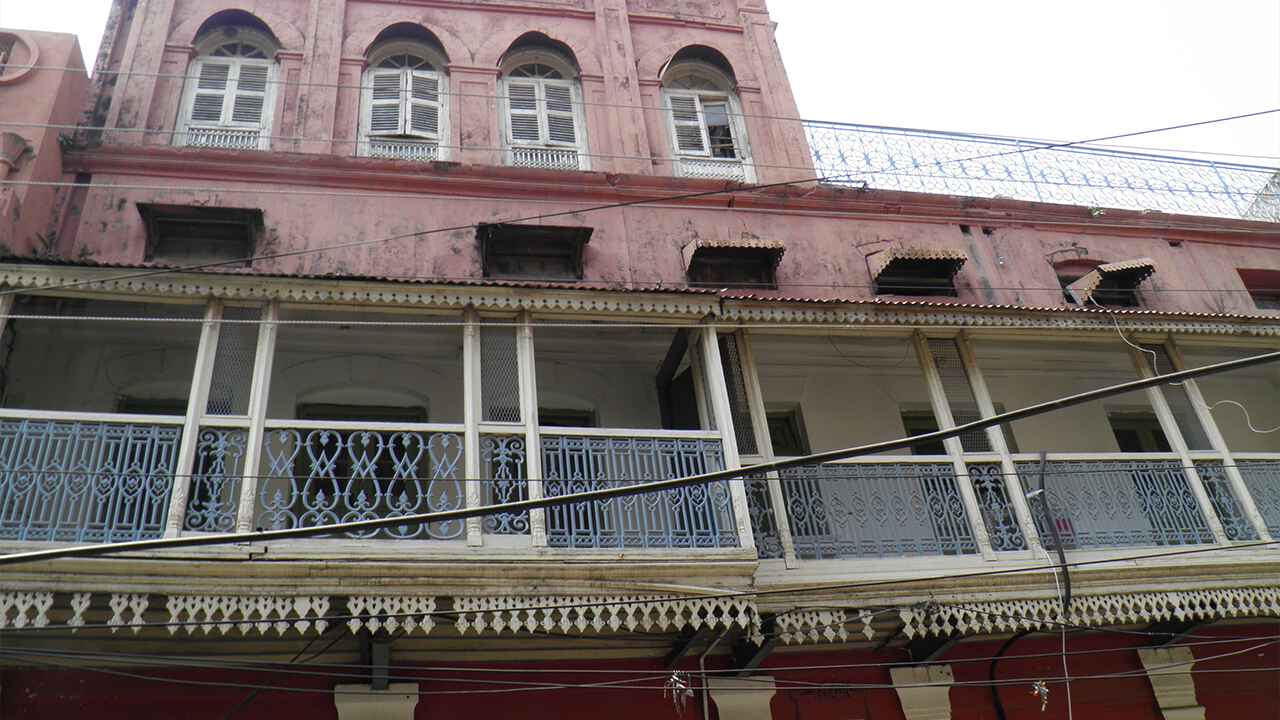
-
Iqbal Manzil
Iqbal Manzil, the birthplace and former residence of the esteemed Dr. Allama Muhammad Iqbal, is nestled in the heart of Sialkot’s historic city. This iconic site has been meticulously renovated into a captivating museum and library, paying homage to the life and legacy of the great Muslim philosopher and poet.
It was originally purchased in 1861 by Muhammad Rafique, the grandfather of Allama Iqbal. Over generations, this modest dwelling has evolved into a three-story mansion adorned with Mughal architectural flourishes. Step inside to discover a treasure trove of personal belongings, including a vast library boasting over 4,000 books.
Accessible via the Lahore-Sialkot motorway, it stands as a proud testament to Pakistan’s cultural heritage.
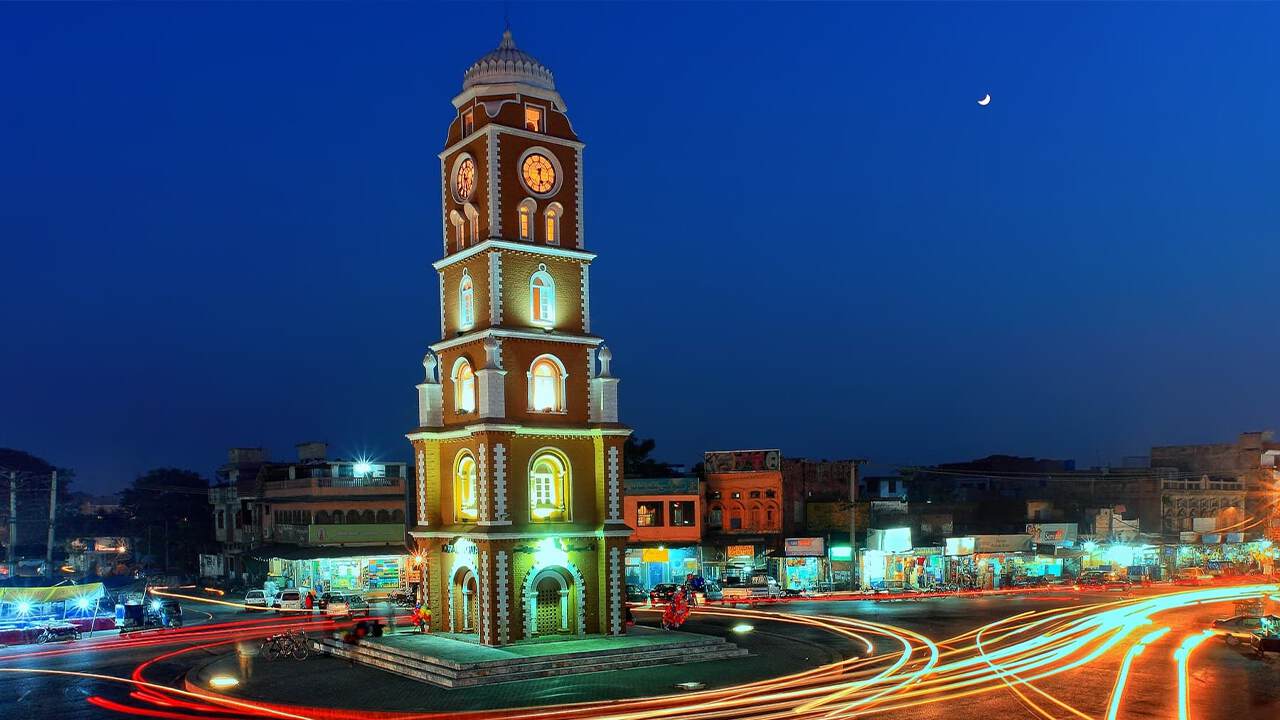
-
Sialkot Clock Tower
Iconic Sialkot Tower is a historic landmark in the vibrant heart of Saddar Bazaar, Sialkot Cantonment. Standing tall for over a century, this towering structuring has weathered countless moments of change and remains a steadfast symbol of the city’s resilience. The British created it in the 19th century. Adjacent to it once stood a revered Hindu temple, tragically demolished during the events of 1992.
Visitors are invited to ascend the tower and marvel at the panoramic views of Sialkot. The area offers a captivating blend of ancient architecture and lively markets, from traditional handicrafts to delicious street food. It’s a worth-visiting place and serves as a cultural hub, uniting the diverse communities of the city.
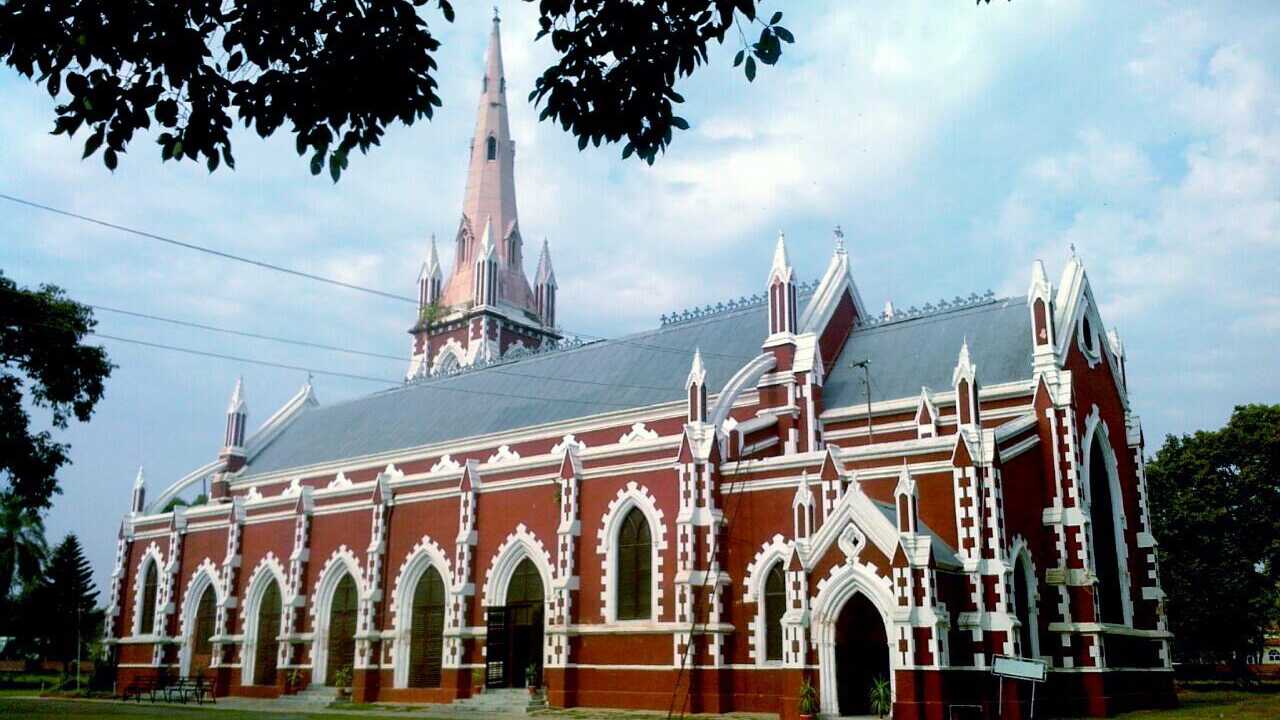
-
Holy Trinity Cathedral Church
You can immerse yourself in the captivating history of Sialkot at the holy Trinity Cathedral Church, a splendid testament to colonial-era architecture. Dating back to March 1, 1852, this Anglican cathedral, also known as Sialkot Cathedral, stands majestically on The Mall in Sialkot Cantonment.
It is designed by Lt J. Hartley Maxwell of Bengal Engineers. Consecrated on January 30, 1857, by Rt. Rev. Daniel Wilson, Bishop of Calcutta, the church now belongs to the Church of Pakistan Diocese of Sialkot.
The cathedral displays the grandeur of mid-12th-century Gothic architecture, with its towering spire and intricate vaulted ceilings. As you wander through its hallowed halls adorned with memorial signs and brass graving, you’ll feel a profound sense of respect. Don’t miss the cathedral’s enduring legacy.
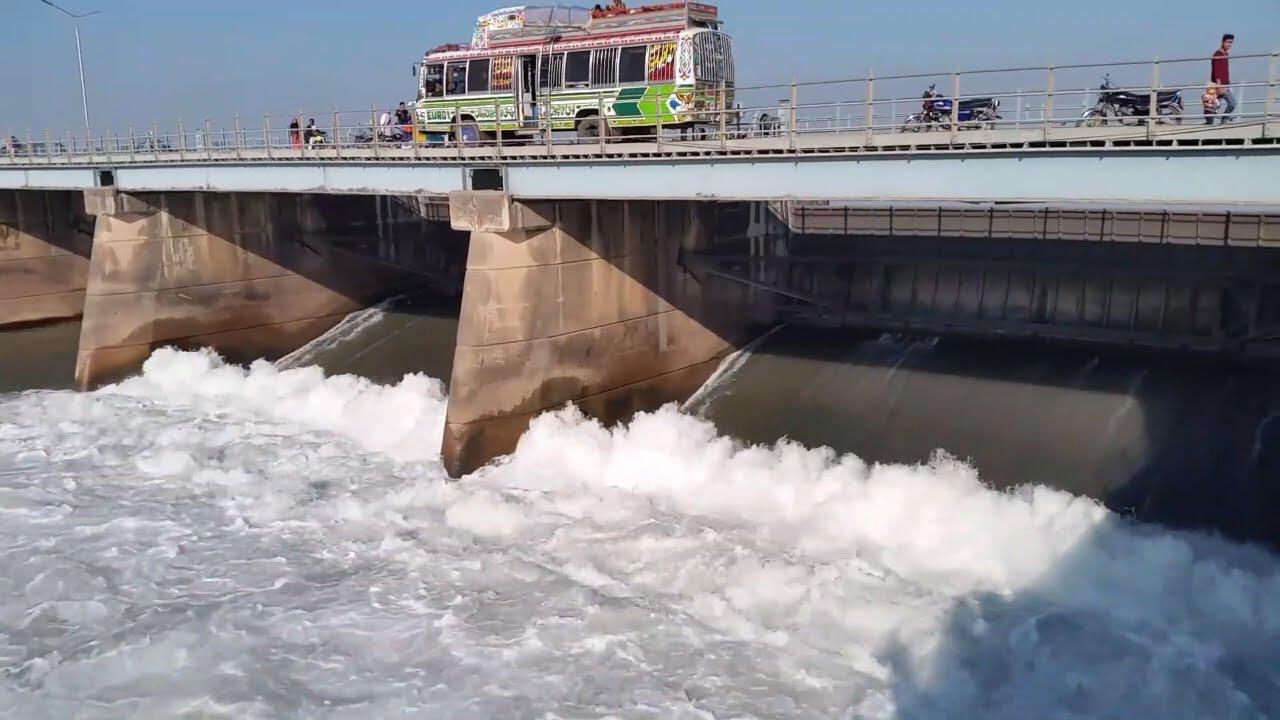
-
Head Marala
Discover the marvels of hydro-engineering at Marala Headworks, a significant project in Sialkot designed to regulate the flow of the Chenab River. It is constructed between 1906 and 1912 by the British government as part of the Triple Canals Project. This engineering feat continues to awe visitors with its intricate design and functionality.
Beyond its utilitarian purpose, it beckons tourists with its serene surroundings and cool ambience, offering respite from the summer heat. A popular picnic spot, it has panoramic views of Kashmiri mountains and provides opportunities for fishing and birdwatching amidst breathtaking scenery.
Whether you seek tranquillity or adventure, a visit to Marala Headworks promises an unforgettable experience in the heart of Sialkot’s natural beauty.
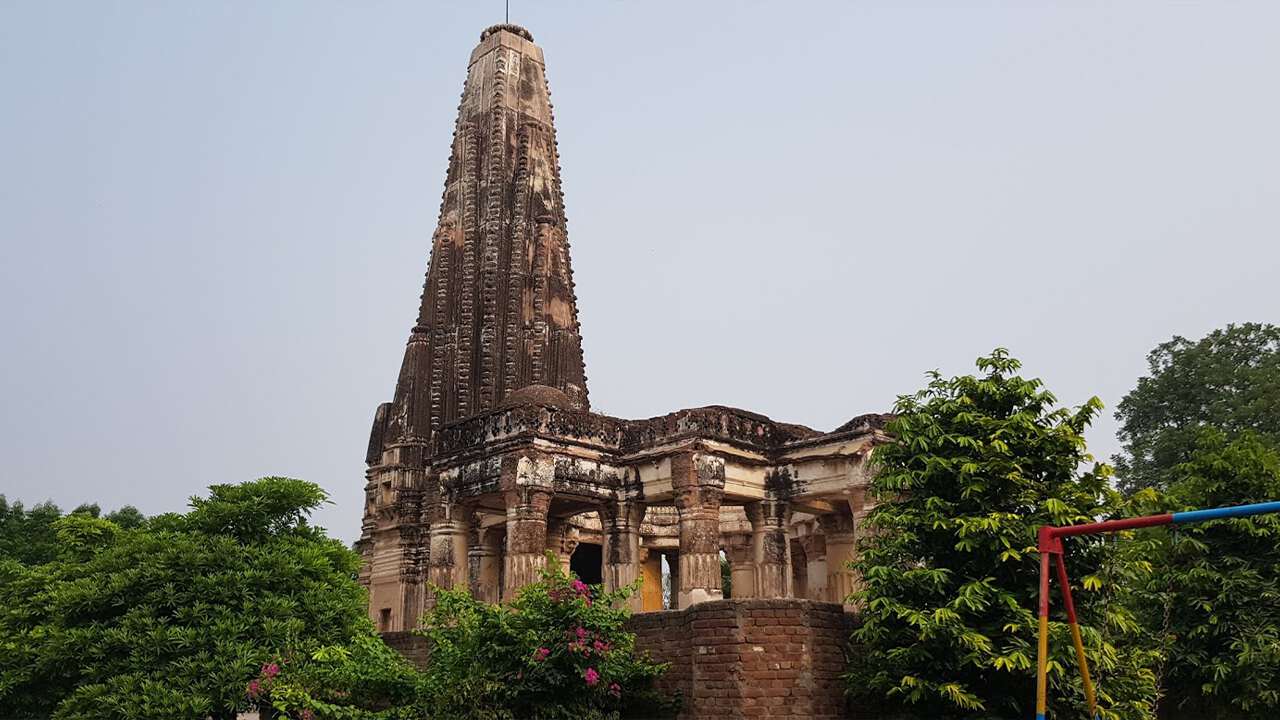
-
Shawala Teja Singh Temple
If you want to embark on a journey of spirituality and history, visit the Shawala Teja Singh Temple, a revered Hindu shrine in Sialkot. Built over a millennium ago by Sardar Teja Singh, this sacred site honours Lord Shiva and stands as a testament to the city’s rich cultural heritage.
Despite facing closure during the events of Partition in 1947 and partial demolition in 1992, the temple has been lovingly restored. Today, visitors can marvel at its majestic architecture, adorned with intricate stone carvings that narrate the tales of Hindu mythology.
Explore the temple grounds, where lush vegetation and serene surroundings provide a calm escape. Engage in prayer and seek blessings, immersing yourself in the spiritual aura of this ancient pilgrimage site. Whether you’re drawn by faith or fascination, a visit to Shawala Teja Singh Temple offers a deeply enriching experience.





